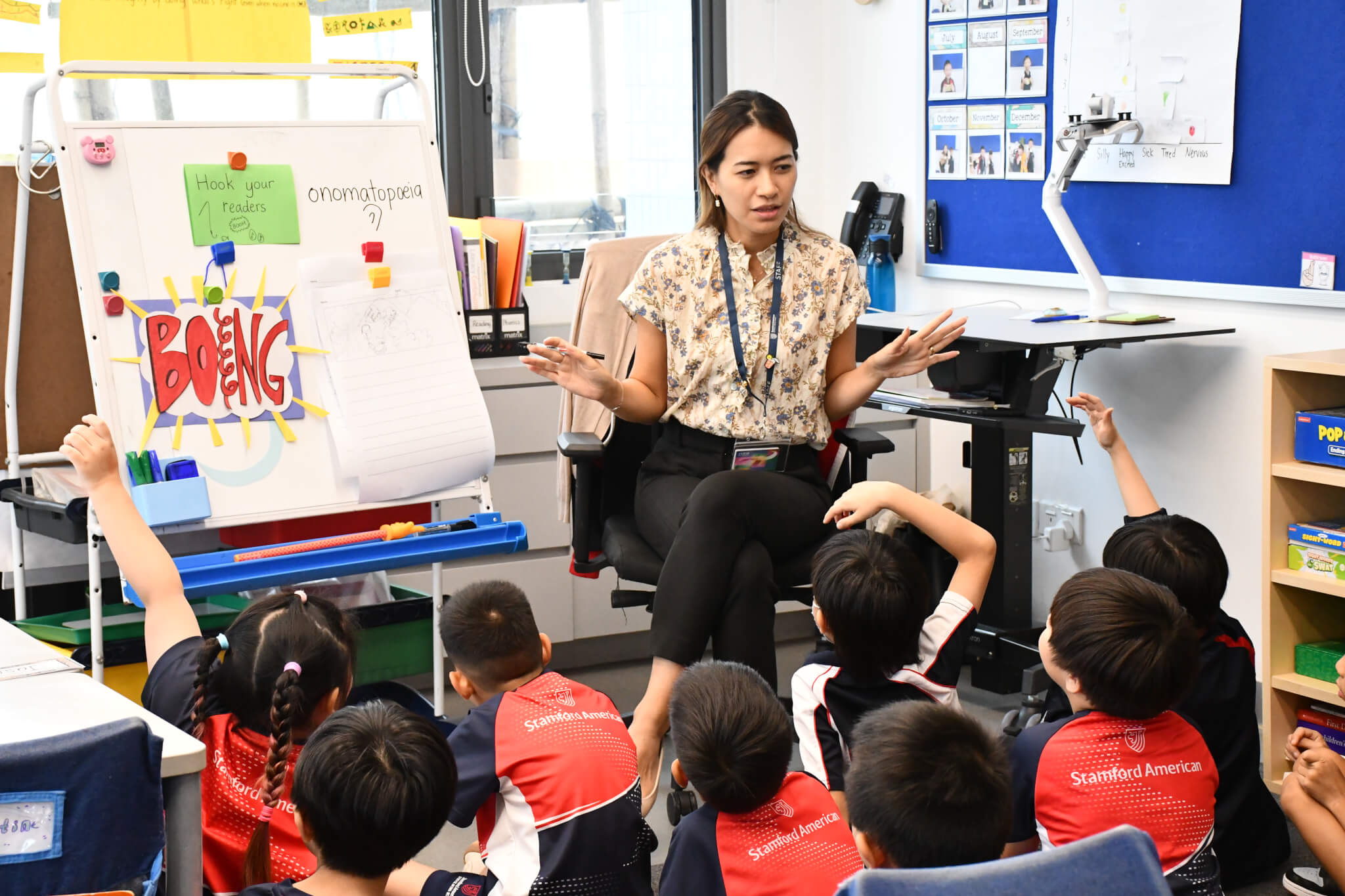Keeping students engaged in the classroom has always been a challenge. Traditional teaching methods sometimes struggle to hold a child’s attention, leading to disengagement and reduced motivation to learn. But what if learning could be as exciting as playing a game?
This is where gamification in education comes in. By incorporating game-like elements such as points, rewards, and challenges into lessons, educators can make learning more interactive and enjoyable. More than just playing games, the gamification of learning leverages psychological principles to boost engagement, motivation, and knowledge retention.
Why Gamification Works
The success of gamification in education is deeply rooted in how the brain responds to challenges and rewards. Here are some key psychological principles that make gamified learning so effective.
Intrinsic Motivation
Games tap into our natural drive for mastery, autonomy, and achievement. When students feel a sense of ownership over their progress, they become more invested in their learning journey.
Feedback & Rewards
Immediate feedback through points, badges, or leaderboards reinforces positive behavior. These game elements encourage students to refine their skills and strive for continuous improvement.
Sense of Accomplishment
Completing levels, earning rewards, or unlocking new challenges fosters confidence and persistence. The gamification of learning helps students set and achieve meaningful academic goals.
Social Interaction
Gamified activities promote collaboration and friendly competition, keeping students actively engaged. Whether working in teams or competing for high scores, learners stay motivated through shared experiences.
Core Elements of Gamification in Education
Gamification in education enhances learning by integrating game mechanics that drive motivation and engagement. These elements transform lessons into interactive experiences that keep students focused and eager to progress:
Points & Badges
Earning points and unlocking badges rewards effort and progress, boosting motivation. This system encourages persistence rather than just focusing on correct answers.
Leaderboards
A friendly ranking system inspires students to improve while emphasizing personal growth. Seeing progress alongside peers fosters a sense of achievement.
Challenges & Quests
Framing lessons as quests or challenges makes learning feel like an adventure. Solving problems or leveling up keeps students engaged and motivated.
Storytelling & Narrative
Immersive storytelling allows students to take on roles and explore concepts. This makes subjects like history or science more interactive and memorable.
Progress Tracking
Progress bars, levels, or experience points help students visualize their growth. Tracking achievements builds confidence and encourages continued effort.
Avatars & Personalization
Customizable avatars and learning paths give students a sense of control over their education. Gamification of learning becomes more meaningful when it reflects their preferences.
Examples of Gamification in Practice
Many examples of gamification in education show how game mechanics make learning more interactive and engaging. These strategies help educators create immersive lessons that boost student motivation.
Language Learning
Apps like Duolingo use points, streaks, and progress bars to encourage daily language practice and reward consistency.
Math
Platforms like Prodigy transform math problems into interactive challenges where students solve equations to advance through levels.
Science
Virtual lab simulations allow students to conduct experiments, make discoveries, and earn achievements for completing scientific tasks.
History
Interactive timelines and immersive role-playing games enable students to “experience” historical events from different perspectives.
Classroom Management
Systems like ClassDojo assign points for positive behavior, reinforcing participation, collaboration, and responsibility.
Benefits of Gamification in Education
Gamification in education boosts student motivation while making lessons more engaging, interactive, and rewarding. Here are some of the biggest ways it enhances the overall learning experience.
Higher Engagement
Game-based elements like points and challenges turn passive learning into an interactive experience. Gamification in education keeps students focused and motivated.
Improved Knowledge Retention
Interactive learning and reward-based progress help students retain information more effectively. When lessons feel enjoyable, concepts become easier to remember.
Enhanced Problem-Solving Skills
Strategy-driven activities encourage critical thinking and adaptability. The gamification of learning challenges students to find creative solutions.
Stronger Collaboration
Team-based tasks and friendly competition improve communication and teamwork. Gamification in education fosters peer interaction, making learning more engaging.
More Positive Attitudes Toward Learning
By making lessons feel rewarding, gamification of learning reduces stress and boosts confidence. A fun, interactive environment encourages curiosity.
Challenges and Considerations
While gamification in education offers exciting possibilities, its success depends on careful planning and thoughtful design. Educators should be aware of these potential challenges and how to address them.
Design & Implementation
For gamification in education to be effective, it must support learning objectives. Poorly designed gamified systems can distract rather than enhance learning.
Assessment
Game mechanics should reinforce meaningful learning, not just entertainment. Examples of gamification in education, like interactive quizzes, help maintain academic focus.
Equity & Accessibility
Not all students have access to digital tools, so gamification of learning should be adaptable. Educators must ensure inclusivity in both tech-based and traditional classrooms.
Over-Reliance on Rewards
While rewards boost motivation, students should also develop a love for learning. A balanced gamification in education approach prioritizes growth over incentives.
Getting Started with Gamification
Bringing gamification of learning into the classroom doesn’t have to be overwhelming or complicated. These practical strategies can help educators introduce game-based elements with confidence.
Start Small
Introduce a simple gamification element, like a point system, before expanding further. This allows students and educators to adjust gradually.
Align with Learning Objectives
Ensure that game mechanics reinforce academic skills. The best gamification in education examples enhance comprehension and student engagement.
Collaborate with Other Educators
Sharing ideas and strategies helps refine the gamification of learning methods. Learning from others makes implementation smoother and more effective.
Leverage Existing Tools
Many platforms already integrate gamification in education features like progress tracking and quizzes. Using these advanced tools simplifies the entire process.
Gather Student Feedback
Observing student engagement helps fine-tune gamification strategies. Regular feedback ensures that game-based learning remains effective and enjoyable.
Transform Learning Through Gamification
When used effectively, gamification in education can transform the way students engage with learning. By making lessons interactive and rewarding, educators can create an environment where curiosity thrives, motivation increases, and knowledge retention improves.
At Stamford American School Hong Kong, we prioritize innovative teaching methods that make learning engaging and meaningful. Our holistic approach nurtures curiosity, critical thinking, and a love for learning. By equipping students with essential skills, we prepare them to succeed in an ever-evolving world.






